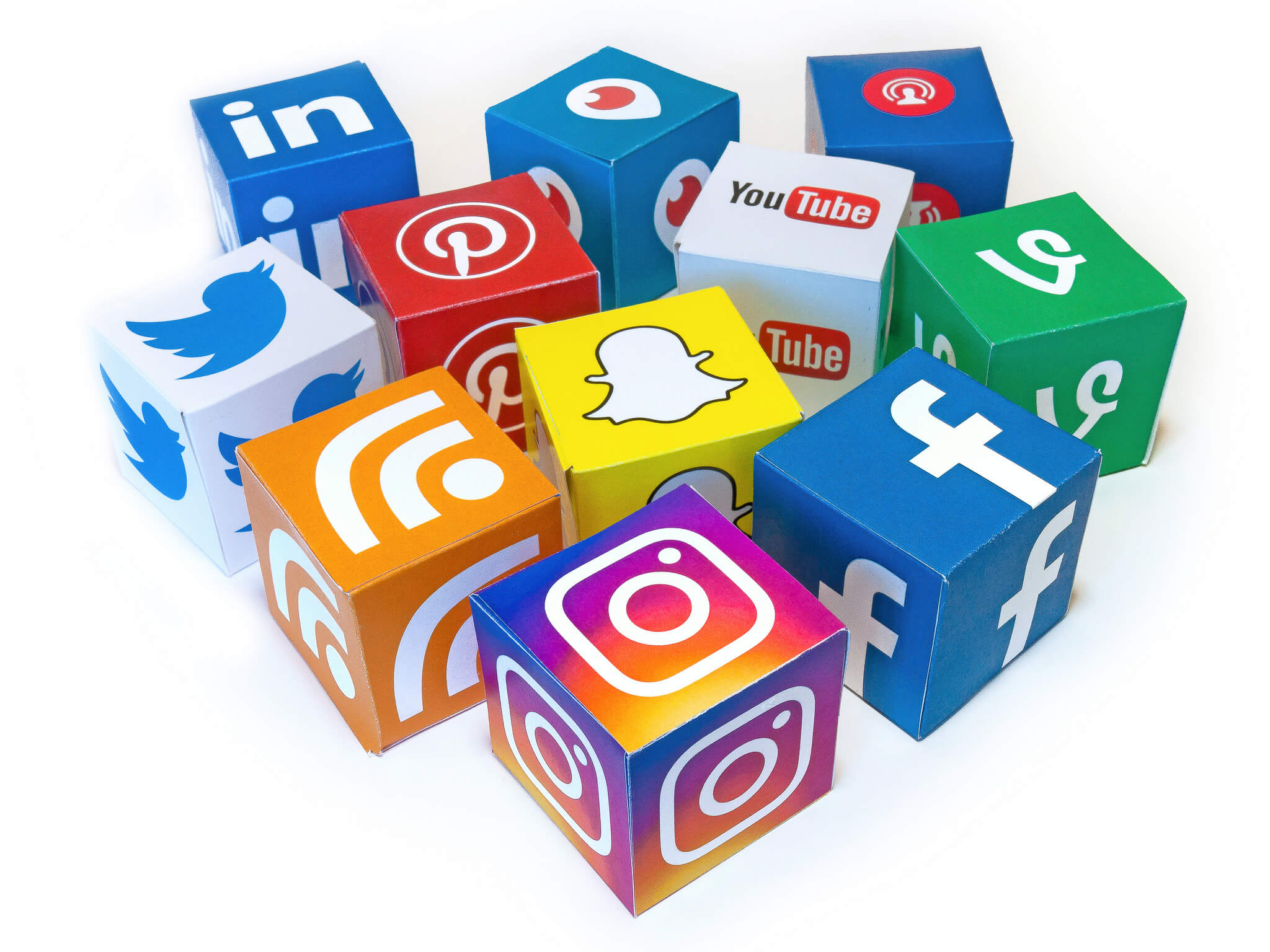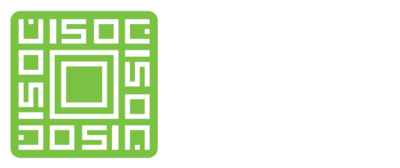The Depictions of Muslims in the Media

What is exactly is the meaning of a “fugitive warlord”, or an “Islamic fundamentalist”? These two terms seem to be extremely popular recently in the media. Can you name an issue in the media about Islam and Muslims that does not concern war, violence or crude oil?
Any good journalist should before beginning to discuss any issue lay down his possible personal biases. I am a Muslim, some would even call “fundamentalist”, in that I stick to the terms of my religion a little more than others, although the exact meaning of the word has never been made clear to me. Inevitably, this will cause some bias, but I will attempt to minimise this. Furthermore, being of the said group may also be an advantage, since I have been observing the issue carefully over the last three years, and being of the group may provide a different perspective. Could anyone claim that Germaine Greer was not entitled to write The Female Eunuch because she was a woman and therefore would have a strong bias?
Islam and Muslims are particularly vulnerable to misinformation from the media because of the initial ignorance that exists. Little is known about Islam in the West and thus people are more likely to accept claims made about Islam than an issue which they adequately understand. Now consider the news about Muslims. Consider the choice of articles. Most of the incidents reported recently involving Muslims are Somalia, Bosnia, Palestine/Israel, Afghanistan. What do all of these have in common? Ten points if you guessed war. In a brief survey of thirty articles on Muslims in the print media and the Muslim world, I found that twenty six were discussing war of some sort. The other four were: The ailing Saudi oil economy, an attempted assassination of the King of Saudi Arabia , two English expatriates being jailed in the UAE for an “illegitimate relationship” and a description of how some Australian university students found the Islamic environment in Malaysia unbearable.
Somehow, I believe there is more that the 1000 million Muslims in the world do other that extract oil, buy weapons, fight wars and try to kill each other. If you look at alternative media, you will find that there are other events that have occurred in the Muslim world that the media has been unusually quiet. For example, no-one in Australia seems to know that the heads of 24 Arab states met in July in an attempt to improve relations between Arabs and minimise violence in their countries, or that Al-Azhar University, one of the leading intellectual Muslim bodies, has issued many statements stating that violence, terrorism and killing people in cold blood has never been part of Islam and never will, or the centennial Congress of world religions, and the Muslims’ involvement there, despite a report on the many other faiths that were attending, and I only found out via Australian Muslim Times (more on that later).
There is also a heavy emphasis on distant nations, whereas Islam is becoming increasingly important in the South East Asian Region, with Indonesia and Malaysia both having Muslim majorities. These are only discussed when there is a clash of culture, as in the abduction of the Gillespie children, while the usual goings on in Malaysia and Indonesia are treated as irrelevant. Secondly, what are the sources of the information? Newspaper articles tended to be gathered from sources such as AP, Reuters, AFP, New York Times and Washington Post. The above covered twenty of the thirty articles. Some newspapers had correspondents in specific areas. Of special interest is Tony Walker, Herald correspondent in the Middle East. He was the source of about seventy per cent of the Herald articles on Palestine. This led to him having a large monopoly on what was said, since he wrote both report- type and analytic articles of the peace situation.
Sometimes there would be very similar statements in different articles, most of which are sweeping generalisations, for instance on Friday 10 September he calls the Middle East “a hard cruel world” and the following Sunday in the Sun- Herald “a region of bewildering complexity and many many layers of bitterness and hatred”. Could not the same be said about Canberra, or anywhere else in the world and still be true ? It would, but it would be a polarising statement, an attempt to say to the reader that ‘It’s too complicated for you, but it’s nasty, and that’s all you need to know’.
Also notable was the Herald giving space to individuals such as Michael Danby , former editor of the Australia/Israel Review, whom I have never seen write at the Herald before, to call Palestinians “knife-wielding terrorists “. Perhaps a space should have at least been given for a similar sized article to be written by one of the Palestinian members of the Australian community. Which brings us on to a third issue: that of wording of the articles.
There seems to be a tendency to reduce everything to stereotypes, and attach label to it. In every article involving Mohammed Aidid, “leader” of the anti-UN fight in Somalia, the terms “Somali warlord”, “warlord” or most subjectively ” fugitive warlord” is used. What exactly is a fugitive warlord? Who is it that decides what fugitive is? According to the Macquarie dictionary fugitive is somebody who is running away, but I cannot see the connection here. Similar things can be said about the uses of phrases such as “Islamic extremists” and ” Islamic fundamentalist” or “terrorist”. This again is an oversimplification, in that most Muslims believe the Koran (the Holy Book of Muslims) is completely correct, thus are fundamentalist, but do not believe in killing people. Also bewildering is the division of ethnicity in Bosnia-Hezegovinia into “Serbs, Croats and Muslims.” If they had said “Orthodox, Catholic, Muslim”, or “Serb, Croat, Bosnian” or even “Serb, Croat, Bosnian Muslim” then it would make sense. But only the editorial of the Herald called them Bosnian Muslims, and nobody called them Bosnian. Even BBC radio called them Muslims, as did several television news items.
There also seems to be this trend towards a strong examination of well- known Muslims. Most notably was Yasser Arafat, who in the space of a week had at least five articles written about him written in just three newspapers. There was almost what one might call character assassination. Many writers postulated that his peace deal was an attempt by him to get in the history books, and realizing that terrorism would not do so turned to peace, among other bizarre reasons, like the PLO was running out of support etc. Each of these may be true, but it is equally likely that Rabin did it for similar reasons. Also extremely unusual is trying to deride Yasser Arafat on the basis of irrelevancies. He is variously described as “a grizzled checquered-scarfed president of a non- existant country ” , “error-prone”, “straggly bearded, bulging eyed”, “old man”, “businessman”, ” symbol of battered revolution”, “a pathetic figure … with his once plump torso shrivelled to starvation proportions”. I have never seen Bill Clinton referred to as something like “saxophone-blowing president of the world’ s most arrogant nation”, yet it is somehow acceptable to do something like that to Yasser Arafat . The phrasing of some comments is also extremely worrying. Standard journalistic cliches like “Western diplomats who told us on condition of anonymity” or “As one of Arafat’s detractors [no name given]” “[Iran is] a possibly nuclear armed Islamic totalitarian state … with no commitment to human rights … Ask Salman Rushdie” is common. Unsourced statements such as ” some United States estimates” and “170 people have died in acts of terrorism attributed to fundamentalists” seem also to exist. Attributed by whom? I could attribute 500 000 deaths to fundamentalists. The question is on what basis they were attributed and by whom.
Nor should one think that Australia is immune from such incidents. In a recent copy of the “Inter Campus Edition” an article by Natalie Obrart says things like “Allah is popular among Muslims by a process of elimination. With no sex, drugs, alcohol, dirty movies and books or vibrators or live Sarah (sic) Bernhardt shows , what else is there to do but pray five times a day ?” Even more “amusing” is her final remark: “Malaysia … nice people shame about the religion”. Images of Muslims also play an important role. Find enclosed some of these pictures. Some of the most notable are the June 1992 cover of Time, where a gun is held up next to the Minaret with the title: “Islam – should the World be afraid ?”. It is only when one looks inside that you read: “Digitally altered composite (that is of two pictures)”. Other ones include the picture of an ” extremist” shouting and holding the Quran up, as well as a young Palestinian boy burning a picture of Yasser Arafat. Images of course take on a whole new significance when we go to a visually oriented medium like television.
There are the stereotypes that reside in fictional series, like “MacGyver” and ” Mission Impossible II” which both presented episodes where the Arabs had kidnapped someone who had to be rescued from the desert. In addition, current affairs shows have a standard array of footage: burning effigies, chanting Muslims in large crowds, book burnings etc. But sometimes they will imply that Islam is somehow responsible for something it is not – confusing culture and religion, either accidentally or on purpose. Most notable was an episode of ” REAL LIFE” discussing arranged marriages. It looked at one Turkish family which had wished to force their daughter into an arranged marriage. Islam was not mentioned at all (since Islam clearly says nobody can be forced to marry). However, they had many visual images connecting it to Islam: the mosques and the minarets, Muslims praying, the Arabic music, the call to prayer, women wearing the veil and so on. This sort of degradation is very subtle and I believe would have some effect, particularly on individuals who know little about Islam. Nor is REAL LIFE alone. A Current Affair had a similar incident, concerning female circumcision, but at least they issued an apology the next night disconnecting the incident from Islam.
But Muslims also have started to enter into the media. Not in a big way of course. In Australia, the Muslims have set up a newspaper called the Australian Muslim Times. Its charter is to “keep the Muslim community in Australia well- informed about issues that concern them, and to clarify and correct misconceptions that occur in Australia concerning Muslims.” This is the source of much information to Muslims that is not available via normal media. However, it occasionally goes to extremes, for example stating things like ” figurehead governments controlled by the United States that rule Muslim countries” and so on. However, considering the depiction of Muslims in the media , the paranoia may well be justified. Articles include discussions of media issues (in fact there is a column called “Media Watch” which discusses media mistakes concerning Islam ) as well as a set of normal articles that would not be out of place in a normal newspaper, for example a discussion of the Federal Budget. There is more editorial content than a normal newspaper, though, and thus the discussion sometimes becomes very subjective, and not objective, and objectivity should be the goal of any journalistic effort.
We must ask why this image of Muslims as heavily involved in killing, violence and mass hysteria occurs. One possible reason is that many Muslims see the concept of a secular state, distinct from religion as incorrect, and would like to see the two fused. Islam is a global religion, whose goal is unification of all races adhering to its creed. If this were to occur, it would be a serious threat to capitalism and the West in its form today, where the separation of powers is a fundamental axiom of democracy, and would require most of commerce and trade to be reorganised. This not only threatens the owners of newspapers, but the news collection agencies, world governments and journalists. Perhaps they are trying to nip Islam in the bud, stop its growth now by degrading it.
I am aware that this sounds outlandish and far-fetched, but my opinion (and I clearly state it as an opinion, not a fact) is that any society tries to maintain itself as is, and any new change is considered a threat. Many social movements were also derided similarly at the beginning, such as early depiction of the Chinese migrants in newspapers, under the White Australia Policy, for example, where we had Prime Ministers who made statements such as “two Wongs don ‘t make a White” and so on, or the women’s movement, where the initial depiction of feminists was as “bra-burning lesbians with hairy armpits”, not of that of demanding equality. The Muslims face a similar dilemma now as the result of the decay of the USSR, the spotlight has fallen on Muslims as a threat to the West, and Muslims are at the beginning depicted as extreme, as were the first feminists. Whether this will change in the future remains to be seen.
Last Updated on Thursday, 10 July 2008 09:47
howtostartablogonline.net


